Your Blinds Are Gross. Here’s Exactly How to Clean Them.
I’ve been in the cleaning game for a long, long time. Long enough to know that one of the first things you notice in a room is the quality of the light. And what’s controlling that light? Your window blinds. They’re also one of the first things to get absolutely filthy.
In this article
- First, Know Your Enemy: What’s That Gunk?
- Your Pro Toolkit (On a Budget)
- The Weekly Dusting: Your 15-Minute Sanity Saver
- Deep Cleaning for When Things Get Serious
- Quick Guide: The Do’s and Don’ts for Your Blinds
- When to Call in the Big Guns: Ultrasonic Cleaning
- My Most Important Advice: Safety First
- Knowing When to Say Goodbye
- Inspiration:
It’s so easy to forget them in your weekly cleaning sweep. Then one sunny afternoon, the light hits them just right, and you see it. Layers of dust, sticky grime, and who knows what else. Yikes.
But let’s be real, cleaning blinds is about more than just making them look pretty. It’s about your indoor air quality and, frankly, protecting the money you spent on them. All that dust doesn’t just sit there; every time a breeze comes through or the furnace kicks on, those particles get launched into the air you’re breathing. If you’ve got anyone with allergies or asthma at home, that’s a real issue. So, I’m going to walk you through the methods I’ve used for years—the same stuff I teach my new hires. We’ll cover everything from a quick dusting to a serious deep clean for any kind of blind you have hanging.
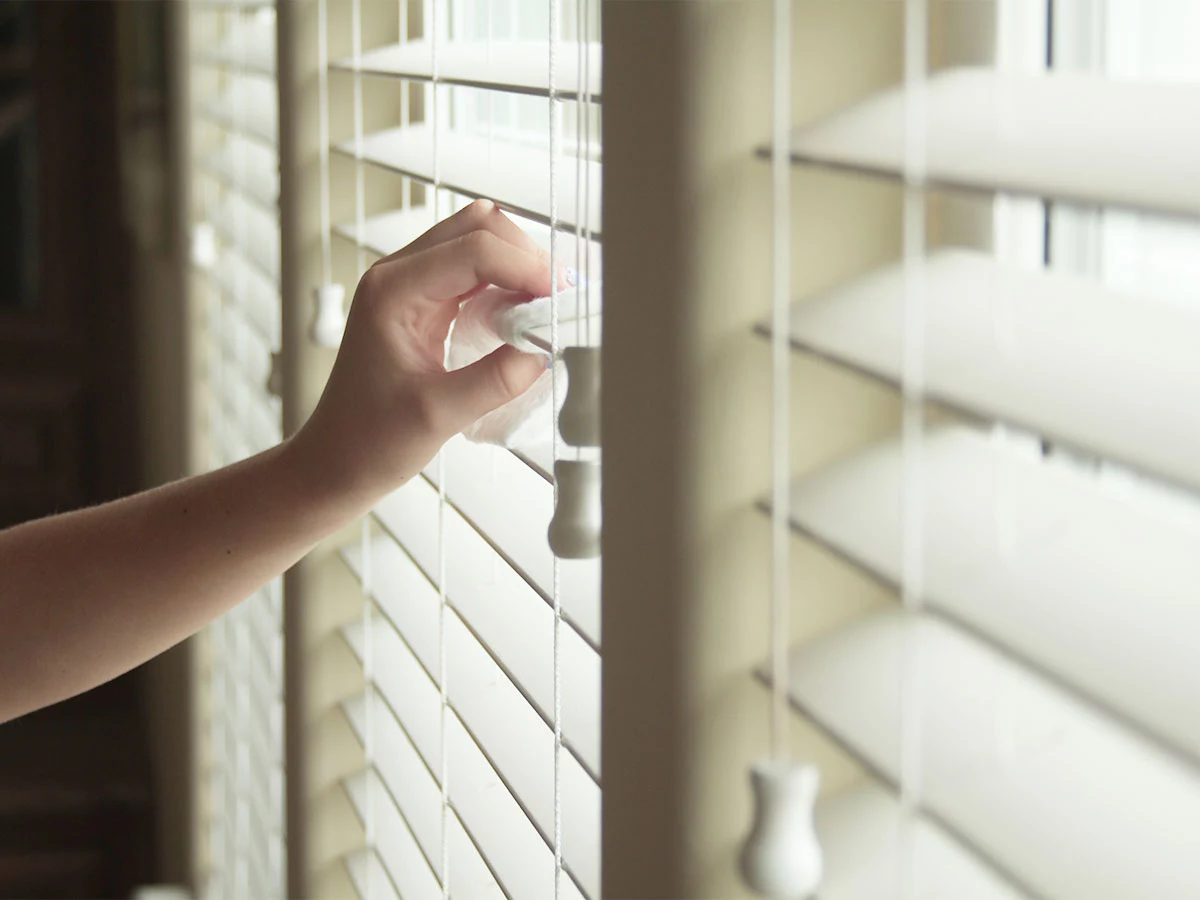
First, Know Your Enemy: What’s That Gunk?
Before you even think about grabbing a cloth, it helps to know what you’re up against. The crud on your blinds isn’t all the same, and knowing the source tells you how to fight it.
- Plain Old Dust: This is the usual suspect—a lovely mix of dust mites, pet dander, fabric fibers, and skin cells. It’s light, fluffy, and creates that soft gray layer. The biggest problem? It goes airborne in a flash.
- The Static Problem: You’ve seen this on vinyl and aluminum blinds, right? They build up a natural static charge that acts like a powerful magnet for dust. It’s why you can wipe them one day and they look dusty again the next. The trick is to use tools that actually lift the dust off, not just push it around.
- Kitchen Ick: Blinds in or near the kitchen are a whole different beast. When you cook, microscopic grease particles float through the air and land on every surface, creating a sticky, yellowish film. This film then traps dust, making a gummy mess that dry dusting won’t touch. This calls for a degreaser.
- City Grime: If you live near a busy road or in a dense urban area, your blinds are catching soot and outdoor pollutants. This stuff is often dark and a bit oily, much like kitchen grease, and needs a wet-cleaning approach.
- Sun Damage: Good to know: The sun’s rays don’t just fade your stuff; they can actually bake dust onto the surface of your blinds, making it way harder to remove. Over time, it also makes plastic and vinyl parts brittle.
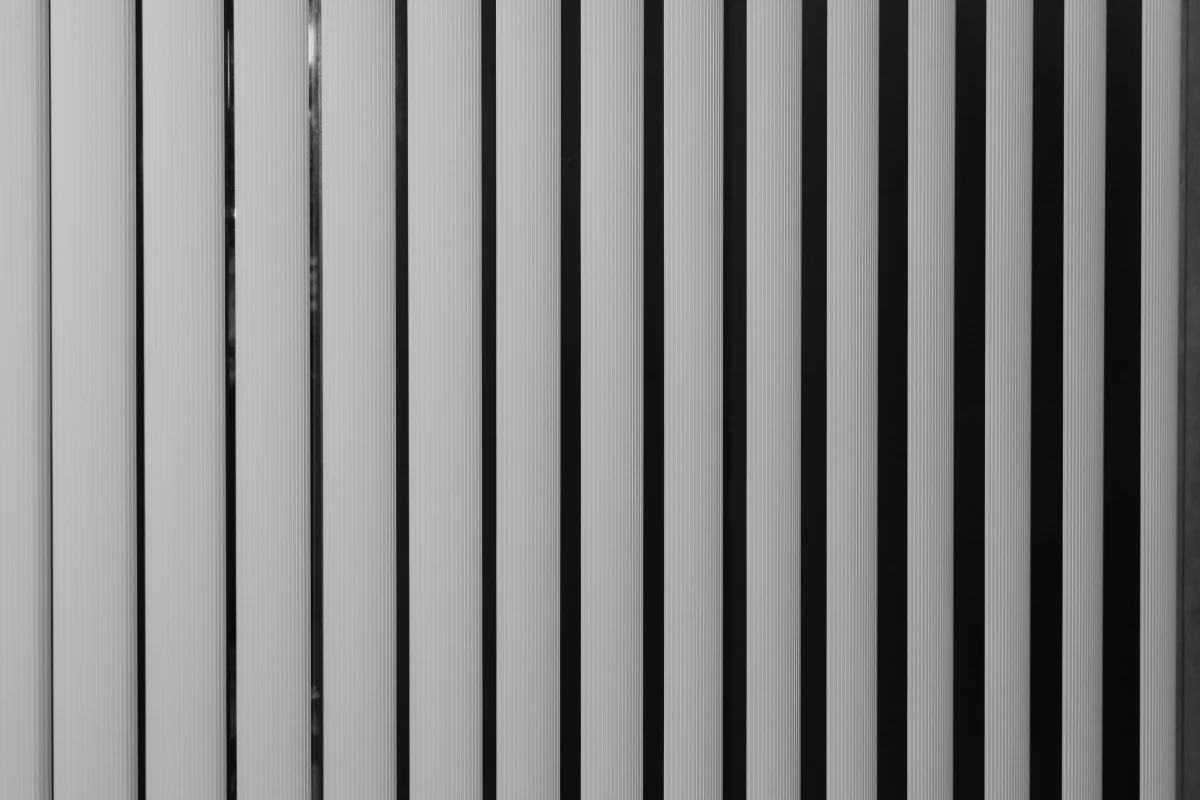
Your Pro Toolkit (On a Budget)
You really don’t need a truck full of expensive gear. Using the right tools, however, makes the job way faster and more effective. A cheap feather duster is basically a dust-flicker—useless. Here’s what you actually need, and it won’t break the bank.
- Lamb’s Wool or Ostrich Feather Duster: These are the real deal. Natural lamb’s wool has lanolin, and ostrich feathers have tiny hooks that trap and hold dust. They’re fantastic for quick, weekly touch-ups. Expect to pay around $15 to $30 for a good one.
- A Stack of Microfiber Cloths: Microfiber is a non-negotiable. The fibers are designed to grab dust and absorb liquid like nothing else. Use them dry for dusting and slightly damp for washing. A pack of 12 is usually only $10-$15 at places like Target or online. Always grab a fresh one for each set of blinds to avoid spreading grime.
- Vacuum with a Soft Brush Attachment: This is your best friend for fabric blinds. The key is using the soft-bristle brush attachment on a low suction setting. Never use the bare hose—you’ll scratch or dent the slats.
- A Super Simple Cleaner: Honestly, you rarely need harsh chemicals. My go-to is a gallon of warm water with about a teaspoon of a basic, pH-neutral dish soap (like the classic blue kind). It’s gentle but cuts through light grease like a champ.
A quick word on vinegar… A lot of DIY sites recommend it, and it can work, but you have to be careful. A 50/50 mix of white vinegar and water is great for tough grime on vinyl blinds. But NEVER use it on real wood; its acidity can strip the finish. I’d also skip it on aluminum, as I’ve seen it discolor some lower-quality metals.
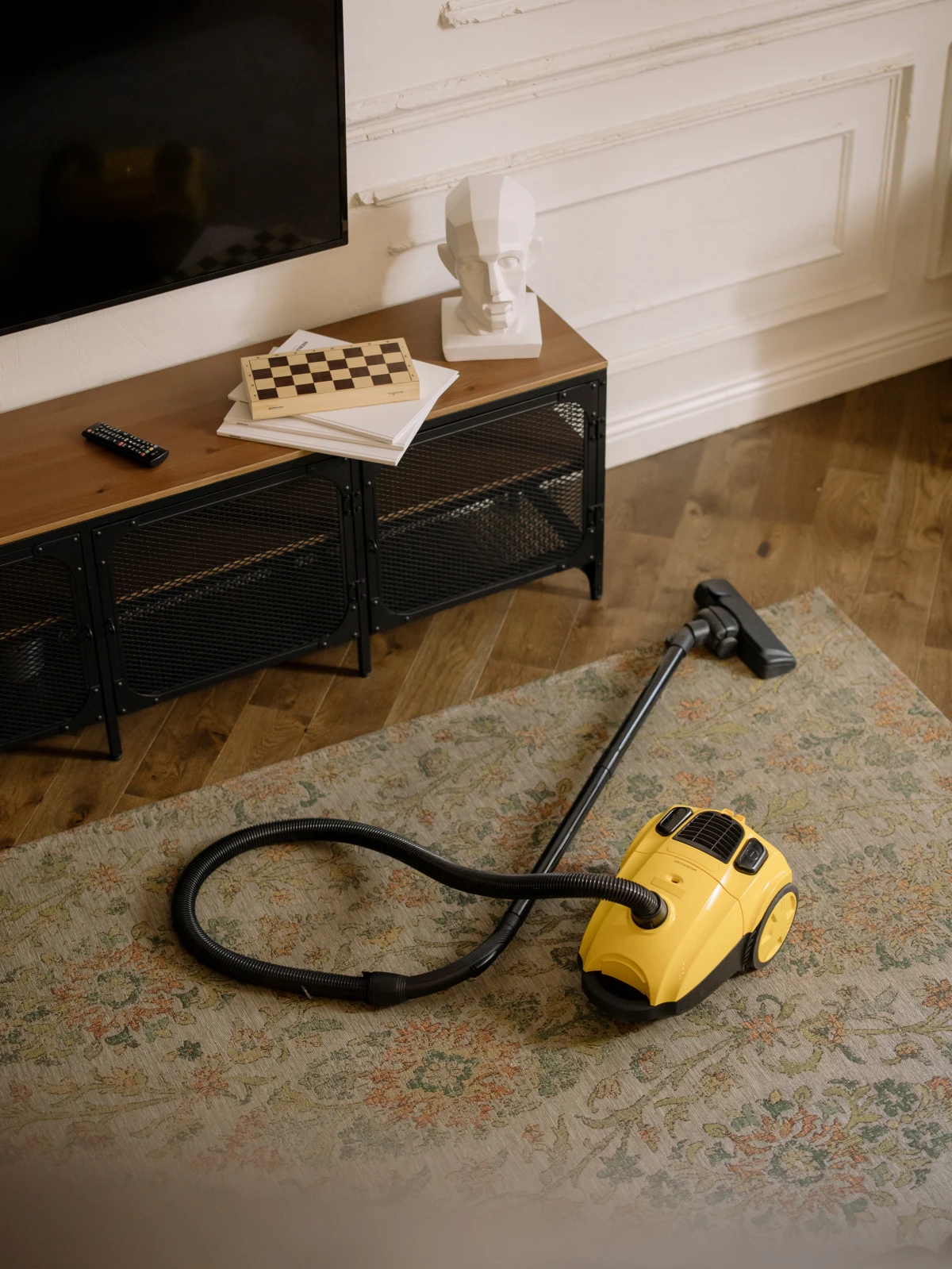
The Weekly Dusting: Your 15-Minute Sanity Saver
A quick dusting once a week or so is the secret to preventing a massive cleaning project later. Consistency is everything. Here’s how to do it efficiently.
1. Prep Your Space. Toss an old towel on the floor underneath the blinds to catch any fallout. It makes cleanup a breeze. Clear off the windowsill, too.
2. Close the Blinds. Tilt the slats so they’re fully closed, facing down. This gives you a nice, mostly flat surface to work with.
3. Wipe Top to Bottom. Always work with gravity, not against it. Starting at the very top slat, wipe across with your microfiber cloth. You’ll feel the cloth drag a bit on the dust and then glide smoothly once it’s clean—that’s your cue!
4. Flip and Repeat. Now, rotate the blinds so the other side is facing you and do it all again. The side facing the window is often dirtier, by the way.

5. Get the Details. Don’t forget to wipe down the pull cords, the wand, and the headrail up top. That headrail is a major dust shelf.
For vertical blinds, the idea is the same, but you have to be a bit more gentle. I like to hold the bottom of each vane to keep it steady and wipe from top to bottom. It takes a little longer but stops them from popping out of their clips.
Deep Cleaning for When Things Get Serious
Sometimes, a dry cloth just isn’t going to cut it. This is for the kitchen blinds, the ones in a smoker’s home, or the set you… uh… forgot about for a year. The material is everything here.
Vinyl, Faux Wood, and Aluminum Blinds
These guys are tough and can handle a bit of water. You’ve got a couple of options.
The first is a simple spot-clean. Mix your soap and water solution, dip a microfiber cloth in, and wring it out until it’s just damp. Wipe down the grimy slats, then immediately follow with a dry microfiber cloth to prevent water spots. This is super important for aluminum, which spots like crazy.
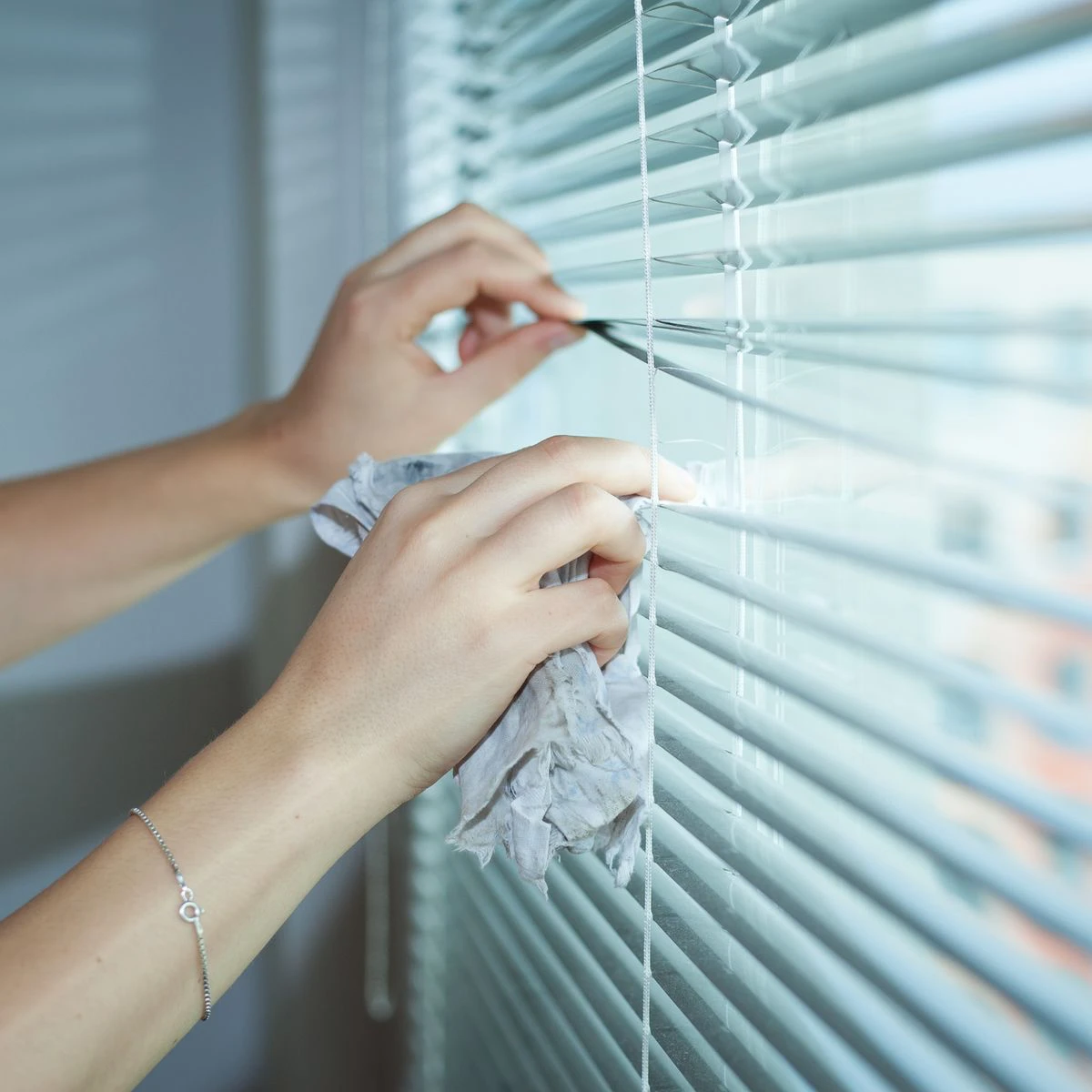
For a truly epic level of grime, you might need the bathtub wash. Heads up: Never, ever submerge real wood or faux wood that has exposed particle board edges. This method is ONLY for sturdy vinyl or painted aluminum.
First, you need to get them down. Don’t panic! It’s usually easier than it looks. Look at the top metal bar (the headrail). You should see small, hinged covers or clips, usually one on each end. Just pop those little doors open with your fingers or a flathead screwdriver. The whole blind assembly should then slide right out toward you. See? Not so bad.
Now for the bath:
1. Protect the Tub: Lay a couple of old towels in the bottom of your bathtub to prevent scratches.
2. Fill ‘er Up: Use WARM water, not hot. Hot water can warp vinyl. Add a little bit of mild dish soap.
3. Submerge: Fully extend the blinds and lay them in the tub. Let them soak for at least 30 minutes, or up to an hour for serious kitchen grease.
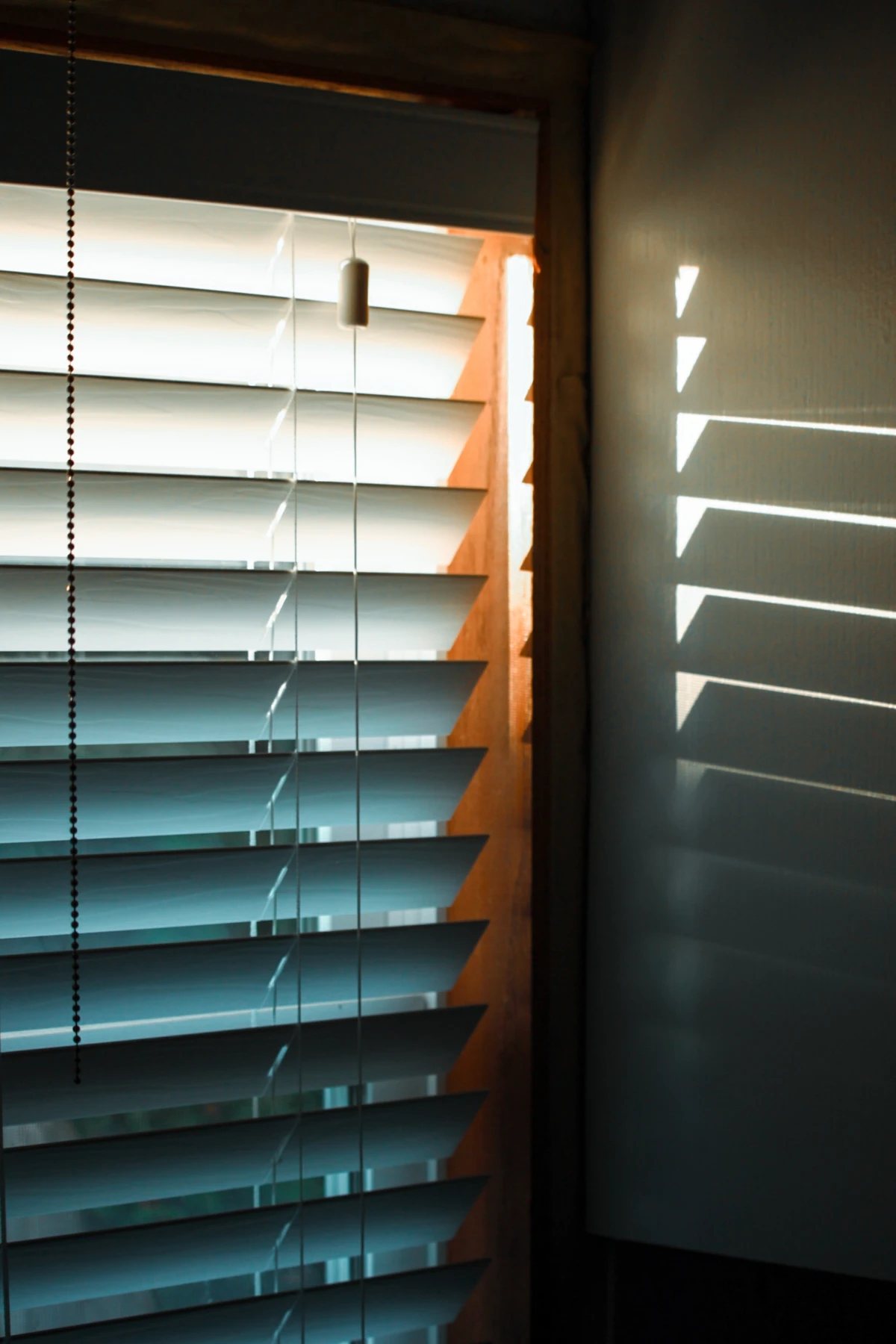
4. Wipe Down: While they’re in the water, use a soft cloth to wipe the slats. The soaking should have done most of the work for you.
5. Rinse, Rinse, Rinse: Drain the tub and use a handheld shower sprayer to rinse the blinds completely with cool, clean water. Any soap residue left behind will become a sticky dust magnet, so be thorough.
6. Drying is CRITICAL: Hang the blinds over your shower rod or on a clothesline outside. Pat them with a dry cloth to get rid of excess water, and then let them air dry completely. And I mean completely—give them at least 4-6 hours. Any moisture left in the headrail can cause rust.
Real Wood Blinds: A Delicate Touch
Water is the absolute enemy of real wood. I’ve seen beautiful, pricey wood blinds get ruined by people who treated them like vinyl. Don’t be that person.
Always start with a thorough dry dusting. Then, grab a gentle, pH-neutral wood cleaner from a well-known flooring brand. Put a tiny amount on a clean microfiber cloth—it should be barely damp. Wipe each slat, and immediately follow with a separate, clean, dry cloth. For older blinds that look a bit thirsty, you can use a touch of wood conditioner or lemon oil on a cloth to restore their sheen.
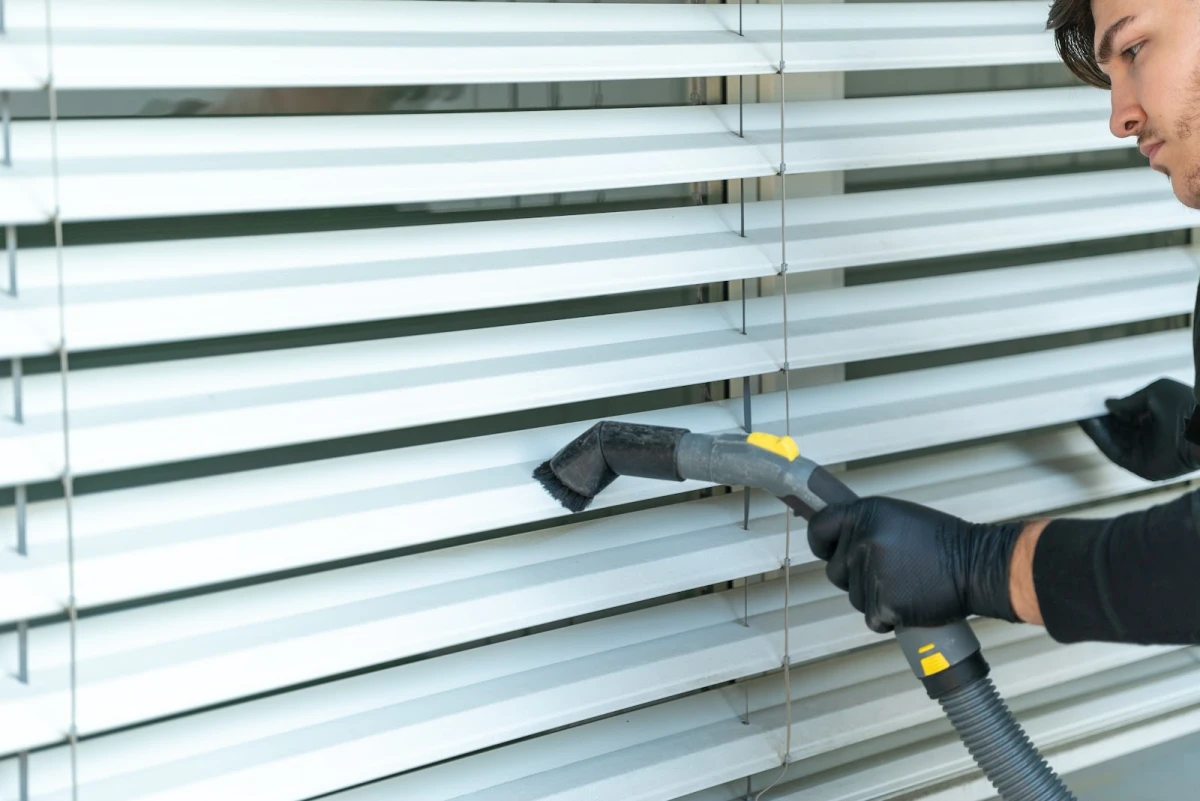
A quick tip: If a product says to dilute it, do it. For something like a concentrated wood soap, a good rule of thumb is no more than one tablespoon per gallon of water. Better safe than sorry!
Fabric and Cellular (Honeycomb) Blinds
These are the most delicate. The number one tool here is your vacuum’s soft brush attachment on low suction. For small spots, act fast. Test a fabric-safe upholstery stain remover on a hidden spot first. Apply it to a cloth, not the blind, and gently dab the spot. Never rub—you’ll just create a fuzzy mess.
Honestly, for anything more than light dust on these, I’d consider calling a pro. They have special tools that won’t leave water stains.
Quick Guide: The Do’s and Don’ts for Your Blinds
If you’re in a hurry, here’s the cheat sheet:
For Real Wood Blinds…
Best Method: A thorough dry dusting with a microfiber cloth, followed by a wood-safe cleaner applied to a cloth (not the blind).
NEVER DO THIS: Submerge them in water or spray them directly with any liquid. You’ll risk warping, discoloration, and water spots.
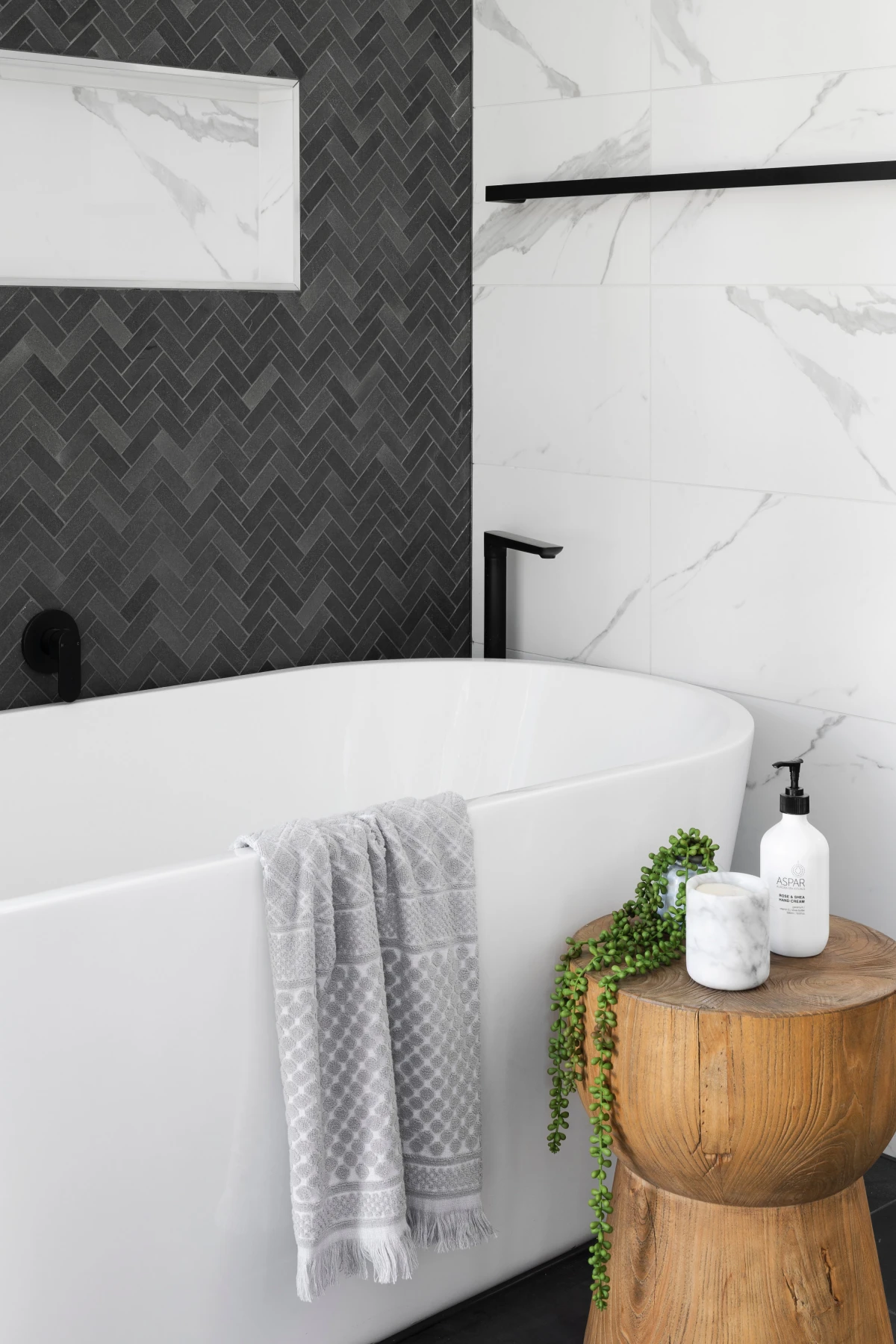
For Vinyl & Faux Wood Blinds…
Best Method: A damp microfiber cloth with a drop of dish soap. For heavy grime, the bathtub method works wonders.
NEVER DO THIS: Use hot water, as it can warp the slats. Also avoid abrasive scrubbers that can scratch the finish.
For Fabric & Cellular Blinds…
Best Method: Regular vacuuming with a soft brush attachment. Gently dab stains with an upholstery cleaner on a cloth.
NEVER DO THIS: Scrub the fabric or saturate it with water. This can cause permanent water stains, fraying, or discoloration.
When to Call in the Big Guns: Ultrasonic Cleaning
For some jobs, you need a specialist. Ultrasonic cleaning is a service where they submerge your blinds in a big tank and use sound waves to blast away dirt from every nook and cranny. It’s the gold standard for restoring blinds with heavy smoke buildup or delicate sheer shades.
It’s not a DIY thing, but it’s incredibly effective. From what I’ve seen, you can expect to pay somewhere in the range of $25 to $50 per blind, depending on the size and material. It’s worth it for blinds that are too far gone for hand-washing.
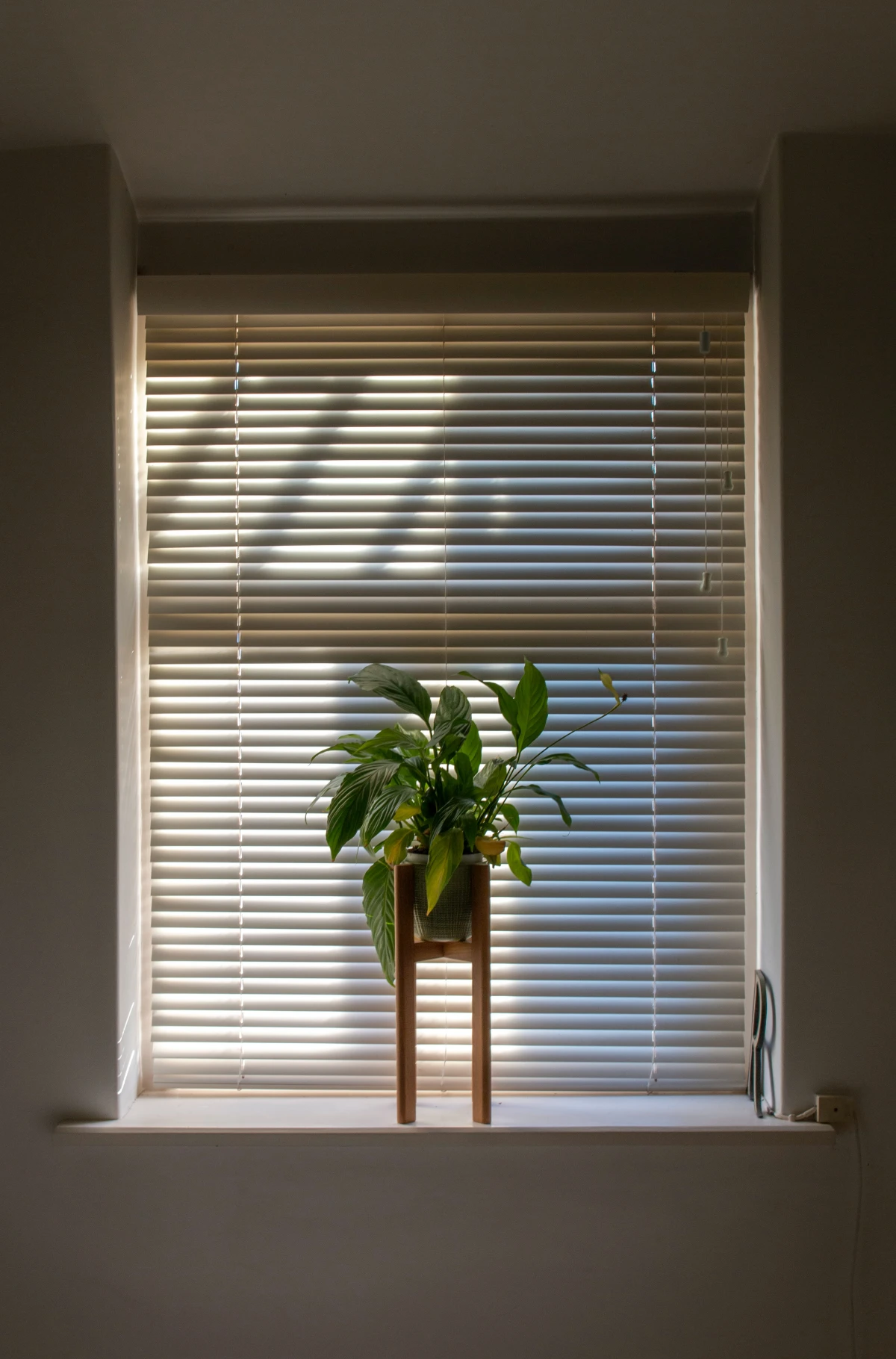
My Most Important Advice: Safety First
Okay, let’s talk safety. Over-reaching on a step stool or ladder is how most household falls happen. It is always better to get down and move the ladder than to risk an injury. Trust me, I’ve heard the horror stories.
And this is even more urgent: If you have kids or pets, looped blind cords are a serious hazard. It’s one of the top hidden dangers in a home according to safety experts. The best solution is to buy cordless blinds, which are the industry standard now for a very good reason. If you have older blinds, you can cut the loop, add separate tassels, and install cord cleats high on the wall to wrap the cords safely out of reach.
The 5-Minute Challenge: Feeling overwhelmed? Don’t be. Just pick ONE dusty blind today and give it a quick wipe-down using the weekly method. You’ll be shocked at what a difference five minutes can make. It’s a great little win!
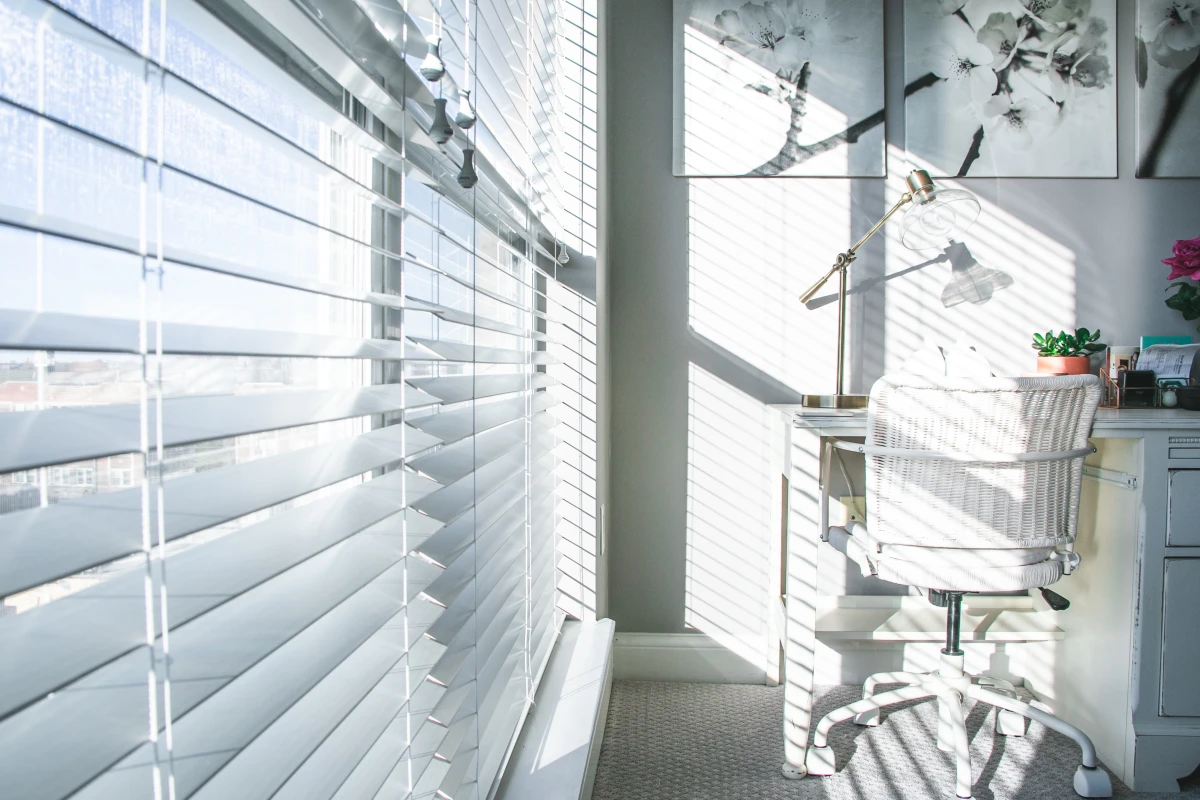
Knowing When to Say Goodbye
Even well-cared-for blinds don’t last forever. If the plastic parts have become yellow and brittle, the slats are badly warped, or the cords are fraying, it’s probably time for a replacement. A little bit of regular cleaning goes a long way, keeps your home looking bright, and helps you get the most out of your investment. Take your time, use the right method, and please, be safe!
Inspiration:
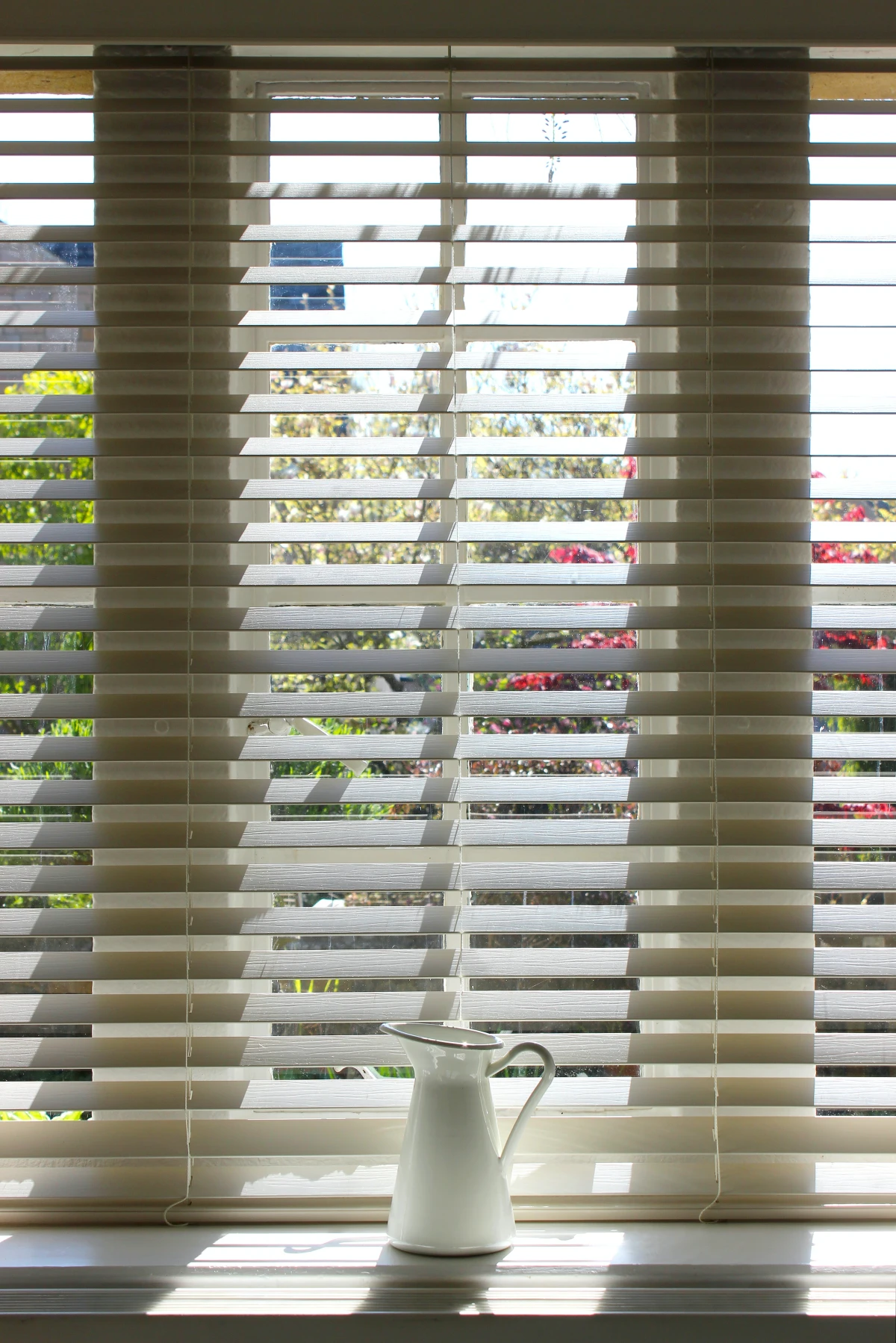
A word of caution for wood blinds: While you can give vinyl or aluminum blinds a thorough wash, never saturate real wood. Wood is porous and excessive water will cause it to warp, swell, and discolor, permanently ruining the finish. For routine cleaning, a dry microfiber cloth is your best friend. For tougher grime, use a cloth that is only slightly dampened with a pH-neutral wood cleaner—like a few drops of Murphy Oil Soap in water—and dry the slat immediately. Your beautiful investment will thank you.










